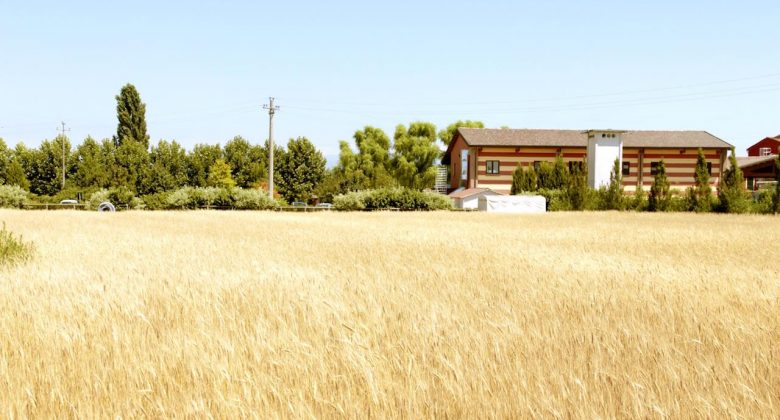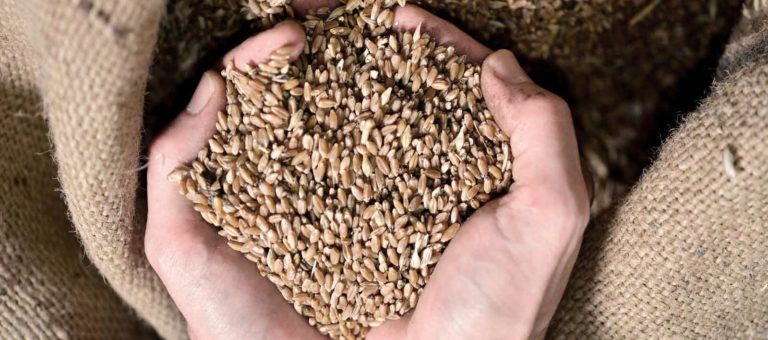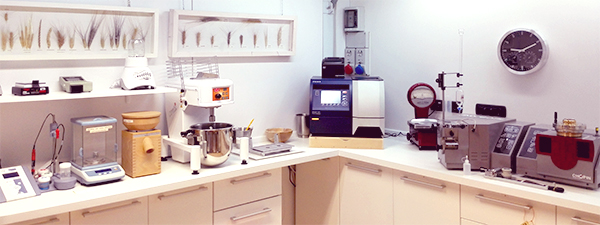Biodynamic cultivation, two words that imply a whole way of living, observing and working the land. Its purpose is to help nature to obtain an increasingly fertile land, from which future generations can also benefit, and full quality live foods that nourish man and give him health. The three principles of biodynamics are: 1) maintaining the fertility of the earth; 2) make plants healthy so that they can resist disease and pests; 3) produce the highest quality food possible.
Biodynamics starts from the global knowledge of the planet and its relationship with the cosmos; this knowledge is not acquired overnight but only through a habit of observing nature and its laws that should already become part of school education. One of the most important activities in Biodynamic Cultivation is crop rotation and the annual rest of the soil, to limit the tiredness of the same and give strength to the next crops.
THE ROTATION
With industrial development and the use of chemical fertilizers, economic profit became the primary purpose of agriculture by favoring monocultures. To curb the deleterious effect of monocultures, rotation was once again practiced following an annual pattern.
The pillar of good rotation is the lawn with lots of clover or other legumes that enrich and fertilize the land. The crops that alternate in the plots vary according to the structure of the soil, the climate and the number of people and animals to be fed, being the closed-circle farm an ideal to which biodynamics aims. To obtain maximum biological harmony, it would be good to cultivate vegetables with tubers or roots and sow vegetables that can bear fruit in the various forms of seeds, leaves and roots.





